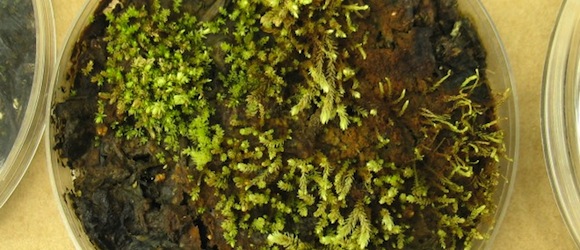Scientists Grow 400 Year Old Frozen Plants, Is Not the Plot of New Sci-Fi Horror Movie
Winter Is Coming

One of the tiny, tiny benefits, I suppose, of the glacial melt caused by climate change is that it occasionally affords scientists a better look at what our planet was like the last time that glacier was free flowing water. And while this is certainly a delight to the folks who hunt mammoth bones in Siberia, it also allowed Catherine La Farge and her research team to revive some plants that may have lain dormant under the ice for over four hundred years. We’re just glad it didn’t turn out like The Thing.
La Farge is an expert on bryophytes, a taxonomic term that includes mosses, liverworts, and some other things you’ve probably never heard of unless you’re also into bryophytes, in which case I salute you. I love an obscure interest, and this one’s right up your alley. La Farge and her team harvested a bunch of bryophytes from a retreating glacier which they knew to be at least four hundred years old, thanks to carbon dating. Many of the plants were blackened, but some still had a few green ends on them, which suggested that it might be possible to revive these “dead” organisms.
And revived they were, by the green thumbs of La Farge and her team, demonstrating the plant’s ability to regrow a whole new organism from only a part of itself, in a process that mirrors the function of stem cells. This might change the way that scientists think about how ecosystems recover from glacial recessions, and La Farge hopes it draws at least a few more interested people to study bryophytes.
And who wouldn’t want to study those adorable green babies up there? Well, those adorable four hundred year old babies. They look like fusilli!
(via Ars Technica.)
Have a tip we should know? [email protected]
